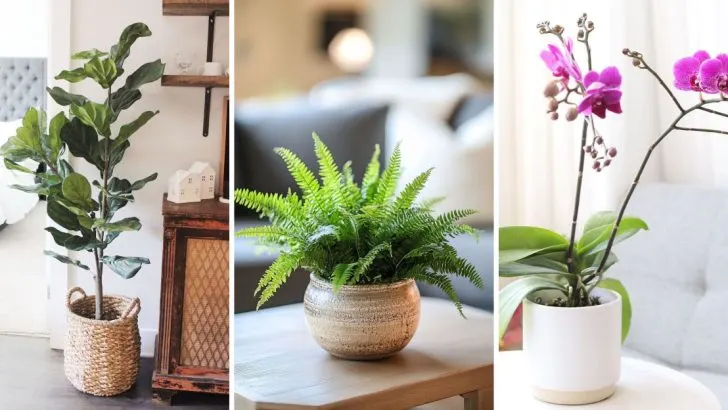Not all plants are as easy to care for as they appear. Some stunning greenery comes with hidden challenges, demanding extra attention, precise conditions, and a watchful eye to thrive.
While their beauty is undeniable, these high-maintenance plants can test even the most experienced gardeners.
In this article, we’ll explore thirteen plants that, despite their allure, require a little – or a lot – more effort to keep alive and flourishing. Whether you’re considering adding them to your collection or simply curious about the dedication they demand, this guide will prepare you for the reality behind these demanding divas of the plant world.
Fiddle Leaf Fig
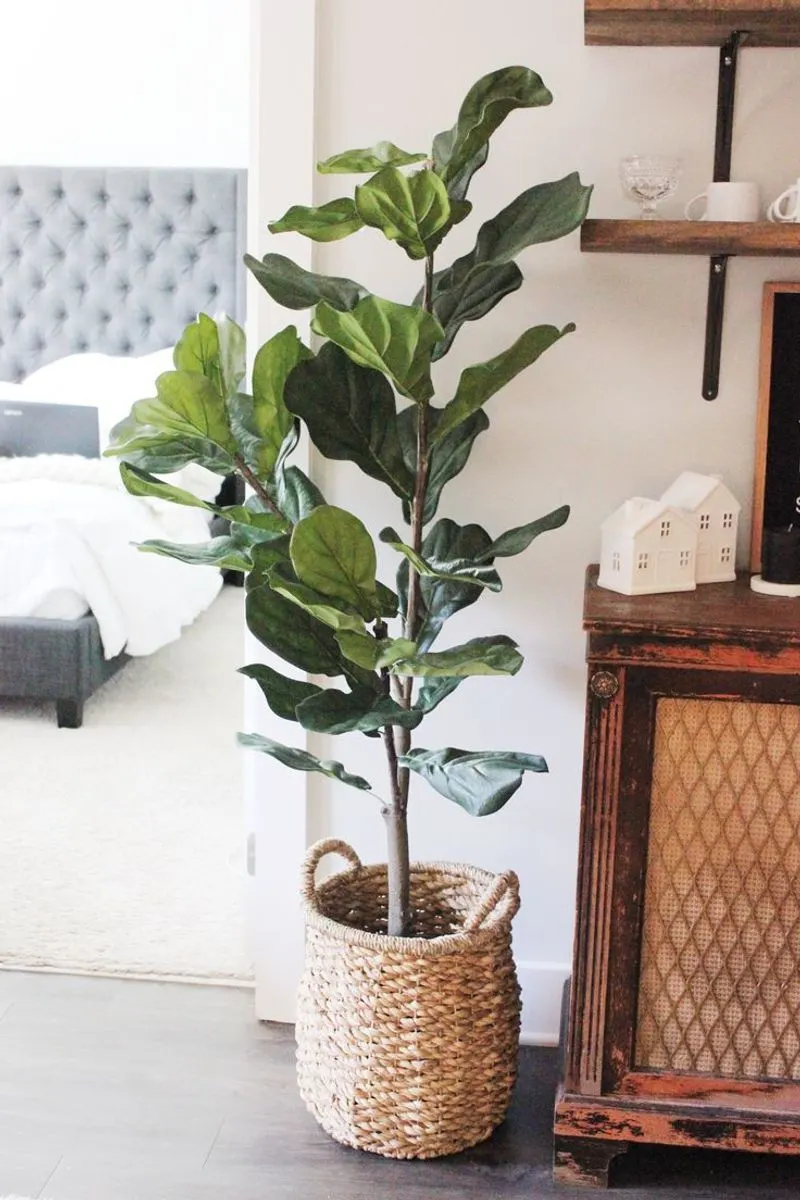
Known for its stunning, large leaves, this plant is a favorite among interior designers. Yet, it demands consistent conditions. Keep it in bright, indirect light, but avoid moving it frequently. The fiddle leaf fig dislikes change. Water only when the topsoil is dry. Over-watering can lead to root rot, while under-watering causes leaf drop. Regular dusting of leaves is essential to allow the plant to breathe. Consider rotating the pot occasionally for even growth. Its sensitivity to environmental shifts makes it a plant that requires attention, patience, and a keen eye to thrive.
Boston Fern
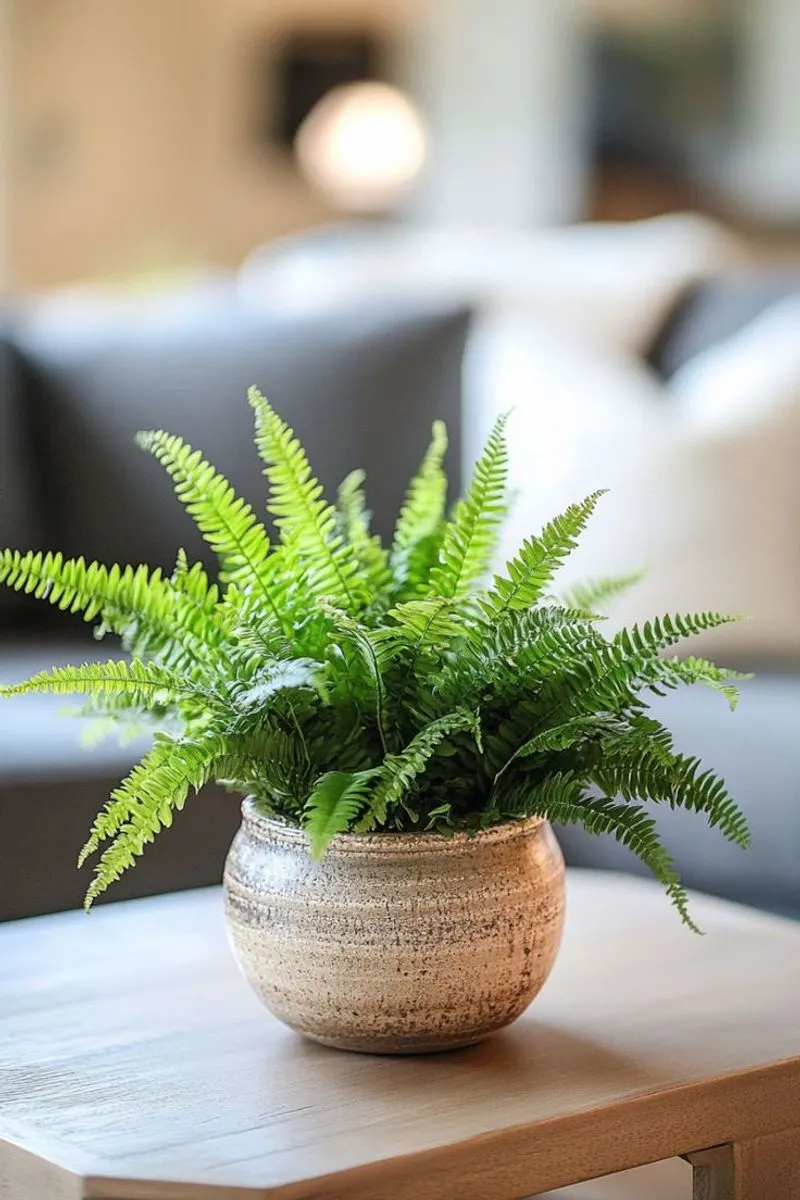
This fern is admired for its lush, feathery foliage. Maintaining humidity is crucial. Daily misting or a nearby humidifier will help. It’s best to keep the soil consistently moist but not waterlogged. Indirect sunlight suits it well, as direct sun can scorch its leaves. Regular pruning of dead fronds will keep the plant healthy. It thrives in cooler temperatures, making it a challenge during hot seasons. Its need for moisture and careful location choices makes it a task requiring more than casual attention.
Orchid
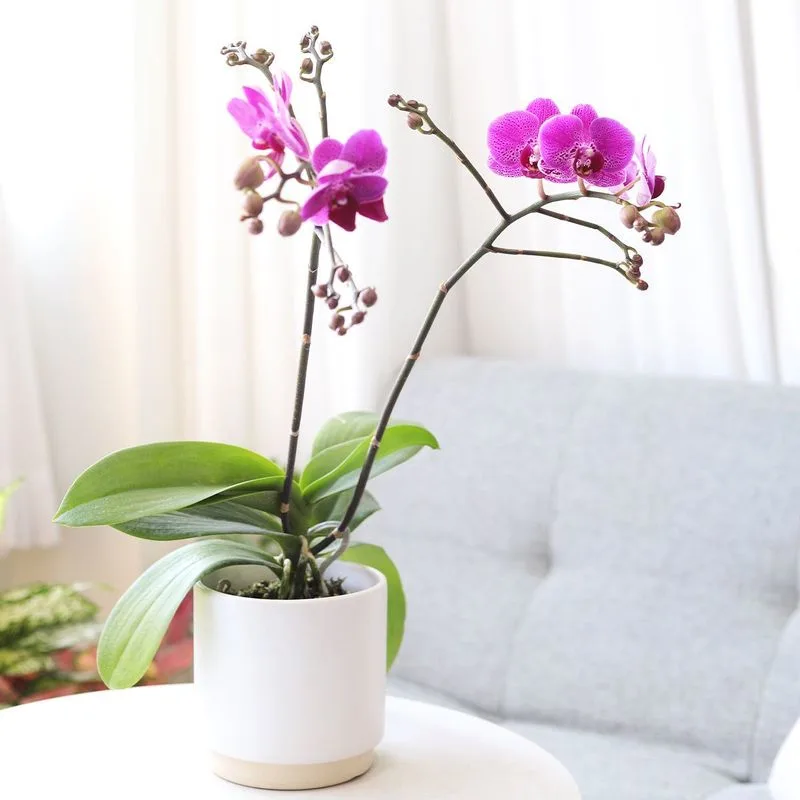
Orchids are synonymous with elegance and are surprisingly temperamental. They require a specific watering routine: soak weekly, allowing them to dry between waterings. Bright, indirect light is optimal, as direct sun can damage their delicate blooms. Feeding with a specialized orchid fertilizer encourages growth. They need a well-aerated potting mix to flourish. Orchids also require a rest period after blooming, needing patience for the next flowering cycle. Their sensitivity to light and water makes them a high-maintenance choice.
Bonsai Tree
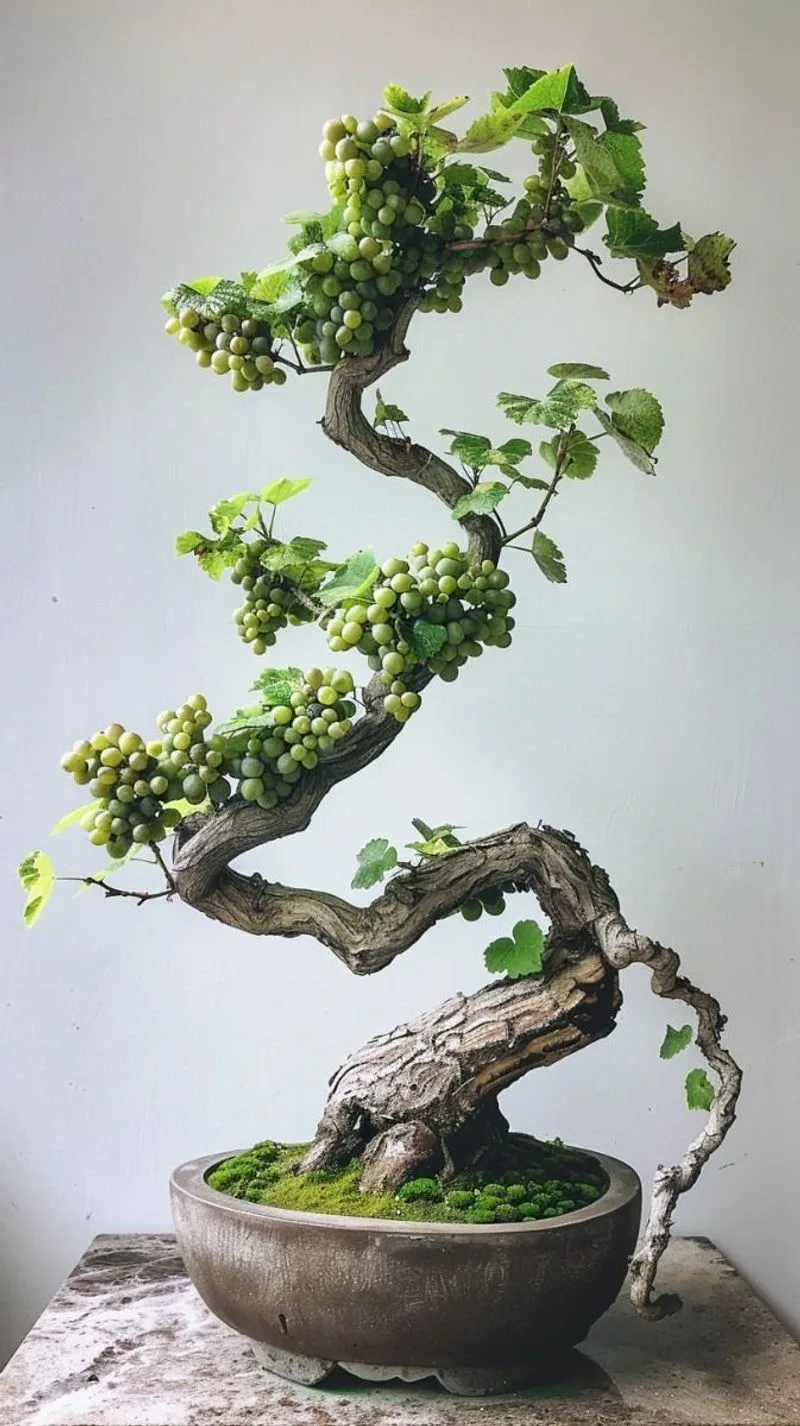
These miniature trees are a testament to patience and artistry. Regular pruning is essential to maintain their shape. They thrive in bright, direct light and require careful watering. Over-watering can lead to root rot, while drought can damage their intricate root system. Seasonal care, such as repotting and wiring, adds to their complexity. Humidity control and feeding with specialized bonsai soil are necessary. The art of bonsai demands dedication, making it a rewarding yet high-maintenance endeavor.
Gardenia
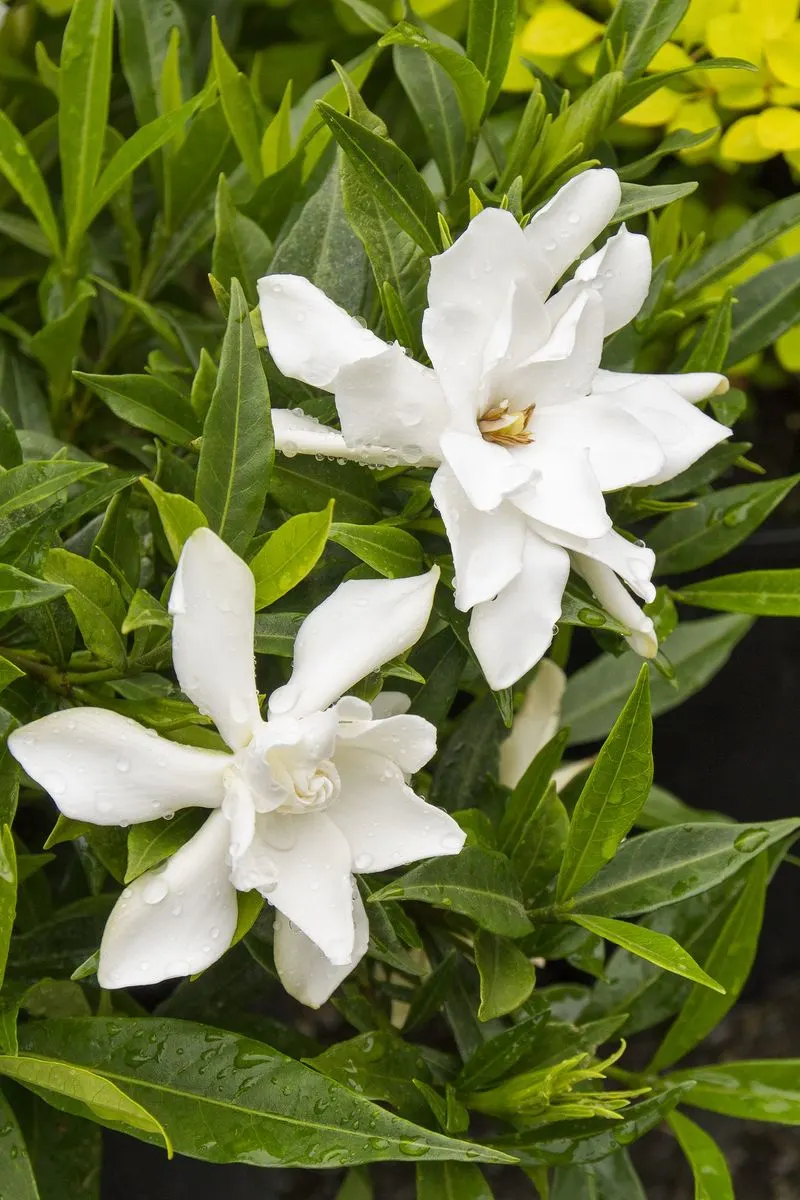
Gardenias are cherished for their fragrant blooms but are notoriously finicky. They need acidic soil and frequent watering. Keep the soil consistently moist, but never soggy. They prefer bright, indirect light and thrive in high humidity. Regular feeding with a balanced fertilizer ensures healthy growth. Pests like aphids and whiteflies can pose problems, requiring vigilant monitoring. Their delightfully scented flowers come with the price of intensive care.
Hibiscus
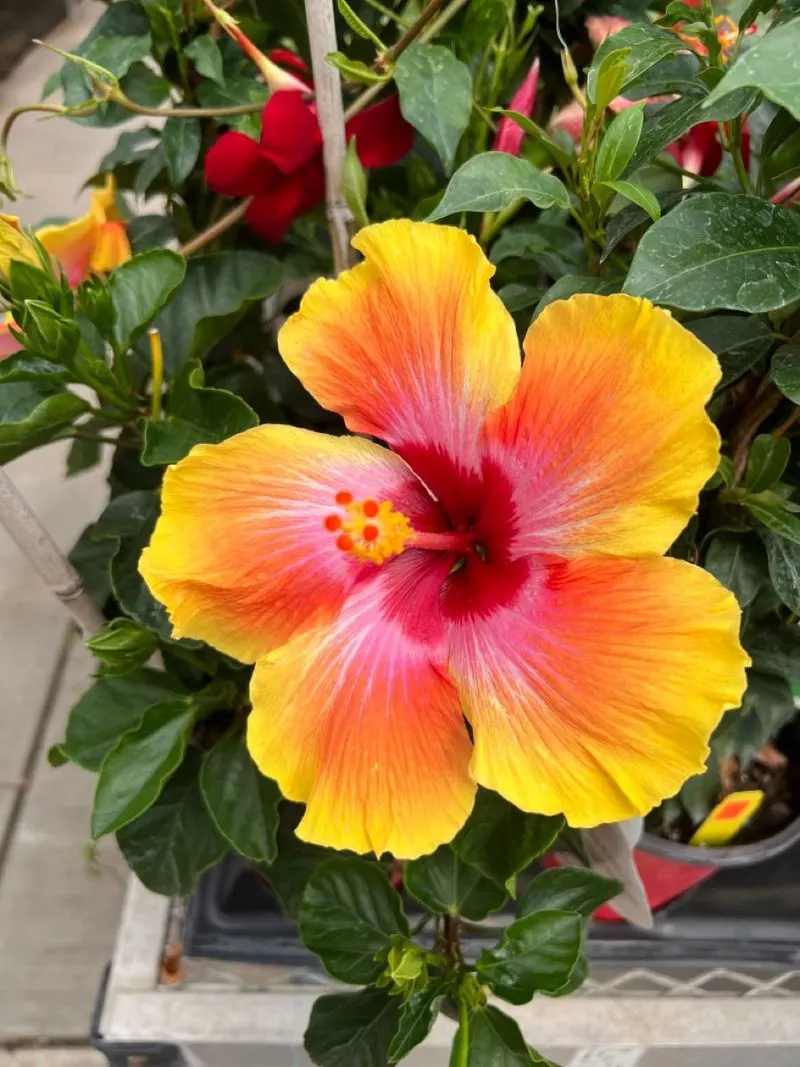
Hibiscus plants offer tropical beauty but demand exacting care. They love sunlight but require protection from intense afternoon rays. Consistent watering is crucial, yet over-watering can lead to root rot. High humidity and warmth suit them best. Regular feeding with a potassium-rich fertilizer promotes blooming. Pruning helps maintain shape and encourage new growth. These plants are susceptible to pests, needing regular checks and controls. The hibiscus requires vigilant care to flourish.
Azalea
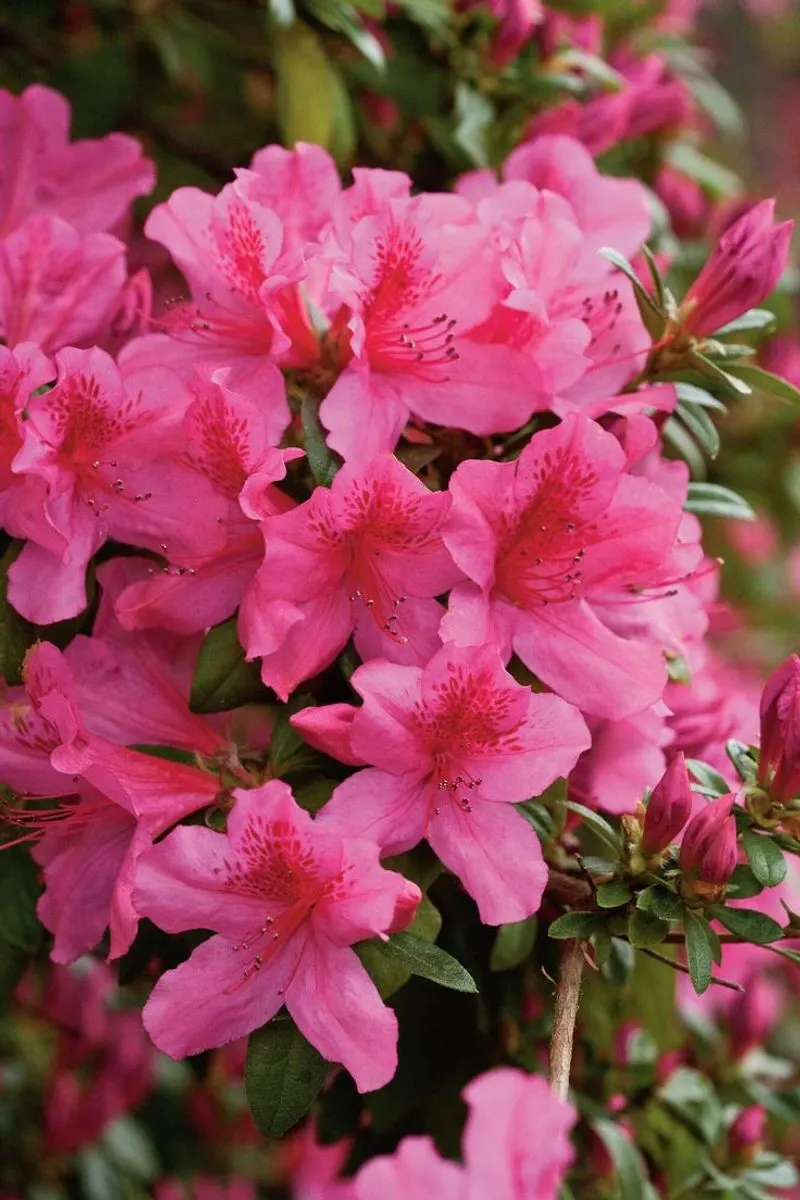
Celebrated for their vibrant blossoms, azaleas require specific attention to thrive. They prefer well-drained, acidic soil. Watering needs to be regular, especially in dry spells. Bright, indirect light suits them best, as direct sun can scorch. Mulching helps retain soil moisture. Prune after flowering to shape and promote future blooms. Vigilance against pests like lace bugs is necessary. Their striking appearance comes with a need for consistent, careful management.
Croton
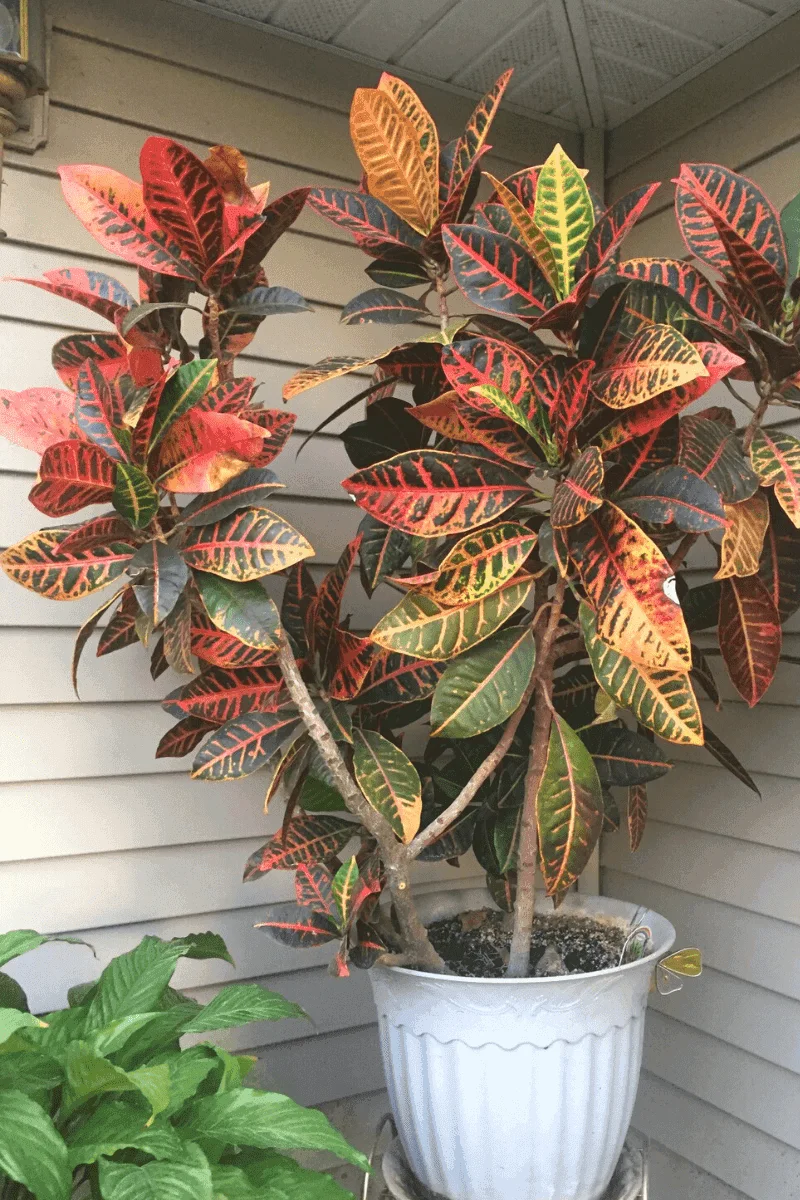
Crotons are celebrated for their vibrant, multi-hued foliage, bringing a splash of color indoors. Yet, they’re sensitive to changes in environment. They thrive in bright, indirect sunlight and prefer consistent moisture levels. Allow the top layer of soil to dry before watering again. Regular misting helps maintain the humidity they crave. Pruning faded leaves encourages new growth. Sudden temperature shifts can cause leaf drop. Their dramatic appearance is matched by their demand for attentive care.
Maidenhair Fern
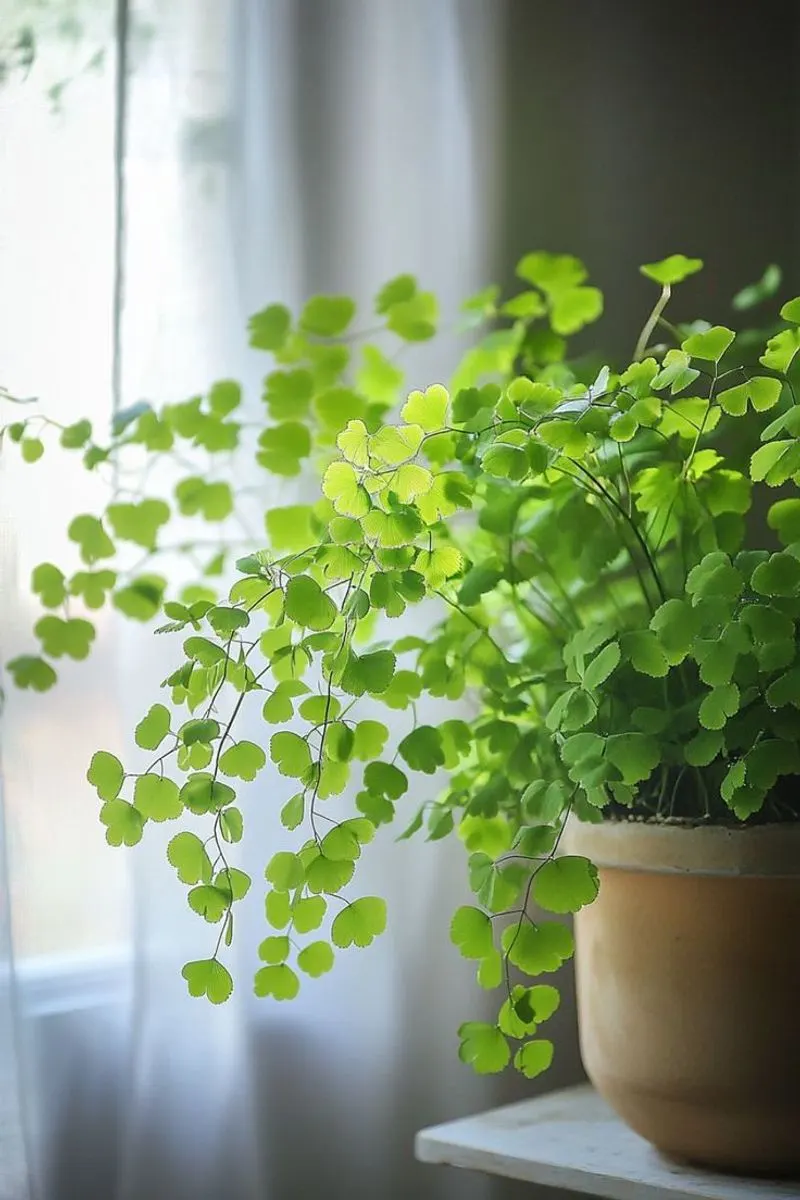
Maidenhair ferns are the epitome of elegance with their lacy leaves. However, they demand high humidity and consistent moisture. Avoid letting the soil dry out completely. Bright, indirect sunlight is ideal, as too much sun can scorch. Regular misting and the use of a humidity tray is recommended. Fertilize with a diluted balanced fertilizer during the growing season. Their delicate appearance belies the careful attention they require.
Jasmine
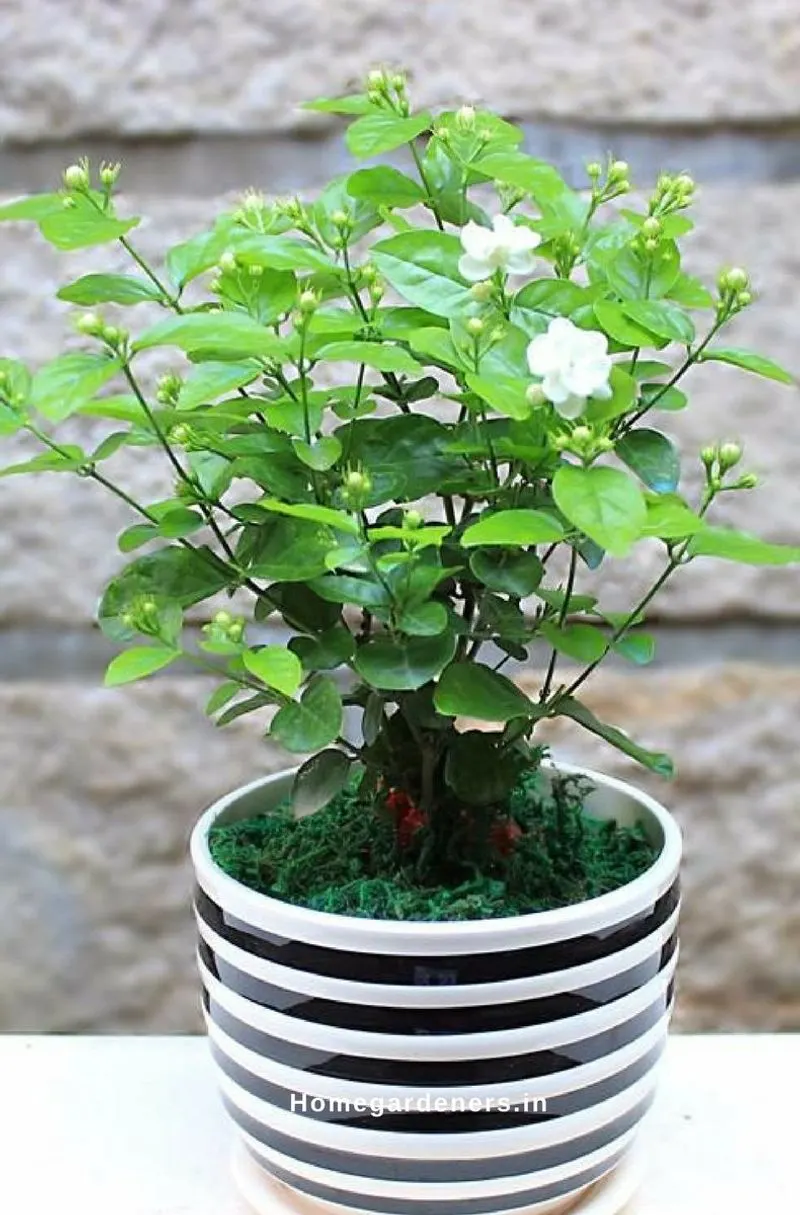
Jasmine’s aromatic flowers are a delight, but they come with high demands. They thrive in full sun but benefit from some afternoon shade. Ensure the soil remains moist, especially during flowering. Regular feeding with a potassium-rich fertilizer supports blooms. Pruning after flowering maintains shape and encourages growth. They can suffer from pests, necessitating regular inspections. Their intoxicating scent is a reward for those willing to invest the effort.
Peace Lily
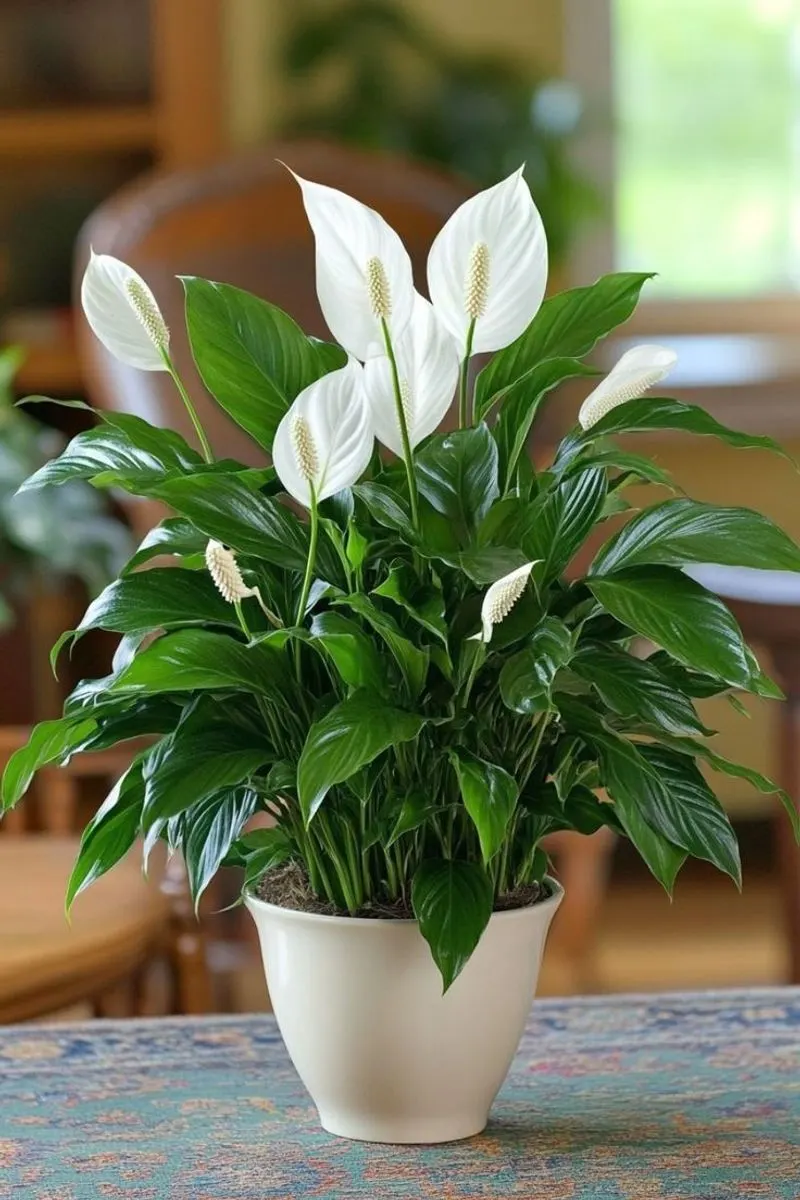
The peace lily is known for its striking blooms and air-purifying qualities. It thrives in low light but requires regular watering. Allow the soil to dry slightly between waterings to avoid root rot. Humidity is important; misting helps, especially in dry environments. Pruning spent blooms encourages new ones. Their leaves can attract dust, so regular cleaning is beneficial. The peace lily’s beauty is matched by its need for thoughtful care.
English Ivy
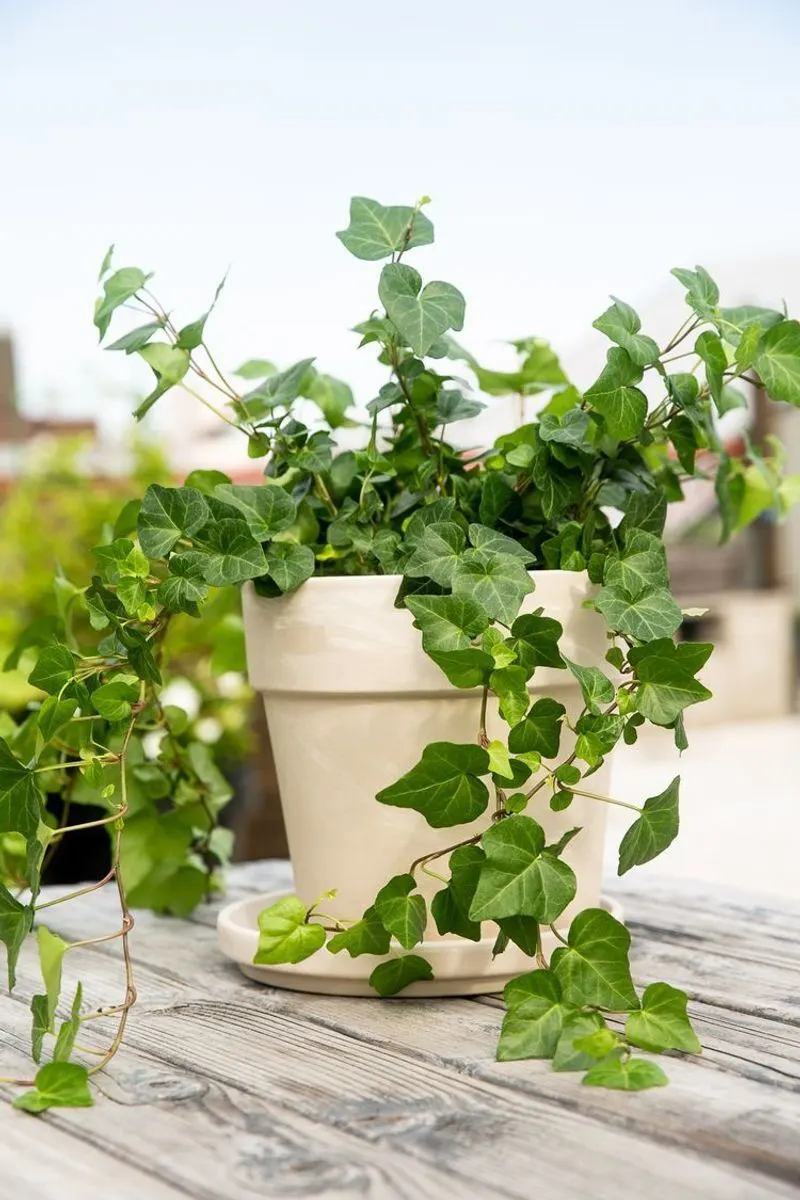
English ivy is admired for its trailing vines but can be quite demanding. It prefers cool, humid conditions and bright, indirect light. Regular watering keeps it happy, but over-watering can lead to root rot. Pruning helps keep it manageable and promotes bushier growth. It can be prone to pests like spider mites, requiring vigilance. Its classic beauty requires a balance of care to maintain.
Calathea
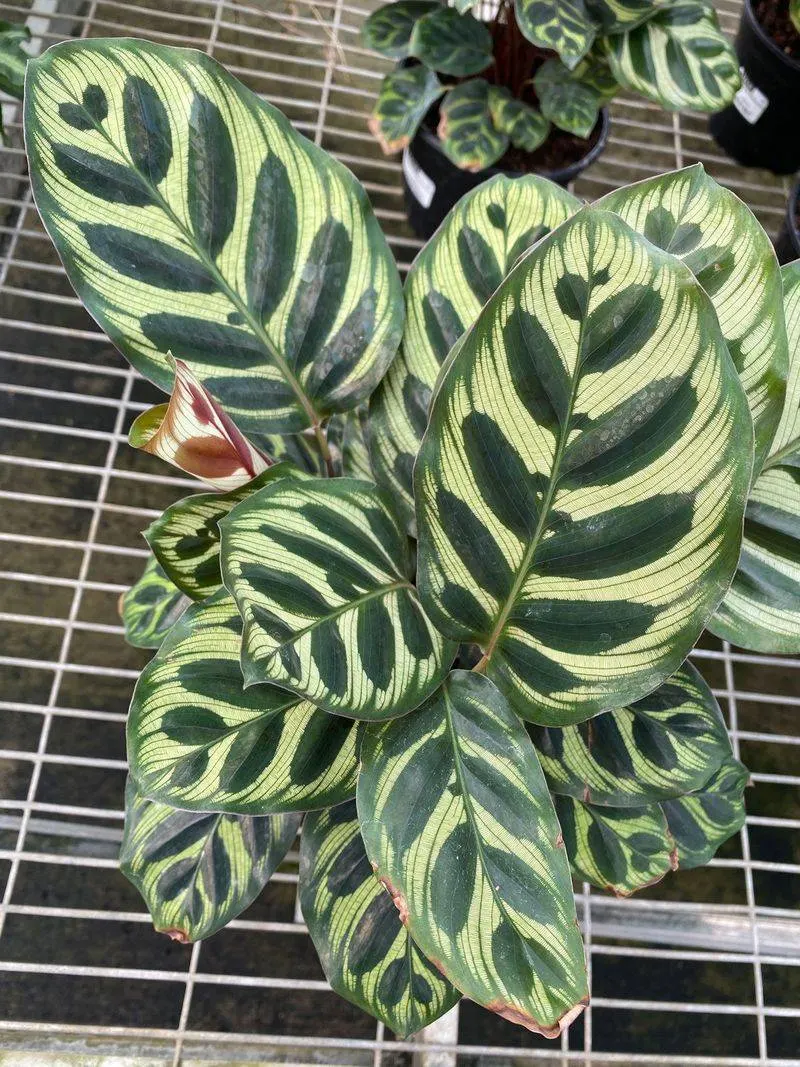
Calathea’s stunning foliage makes it a popular choice, but it’s not without its challenges. They require consistent moisture and high humidity. Avoid letting the soil dry out completely. Bright, indirect light is needed, as direct sun can fade their beautiful patterns. Regular misting or a humidifier will benefit them. Prune yellowed leaves to encourage new growth. The calathea’s dramatic appearance is accompanied by its need for meticulous care.

